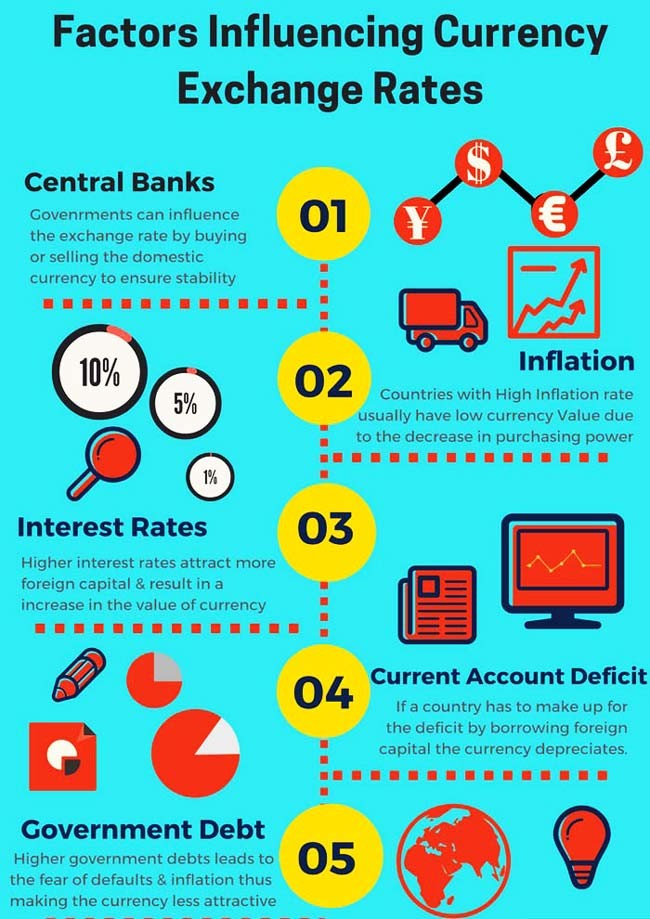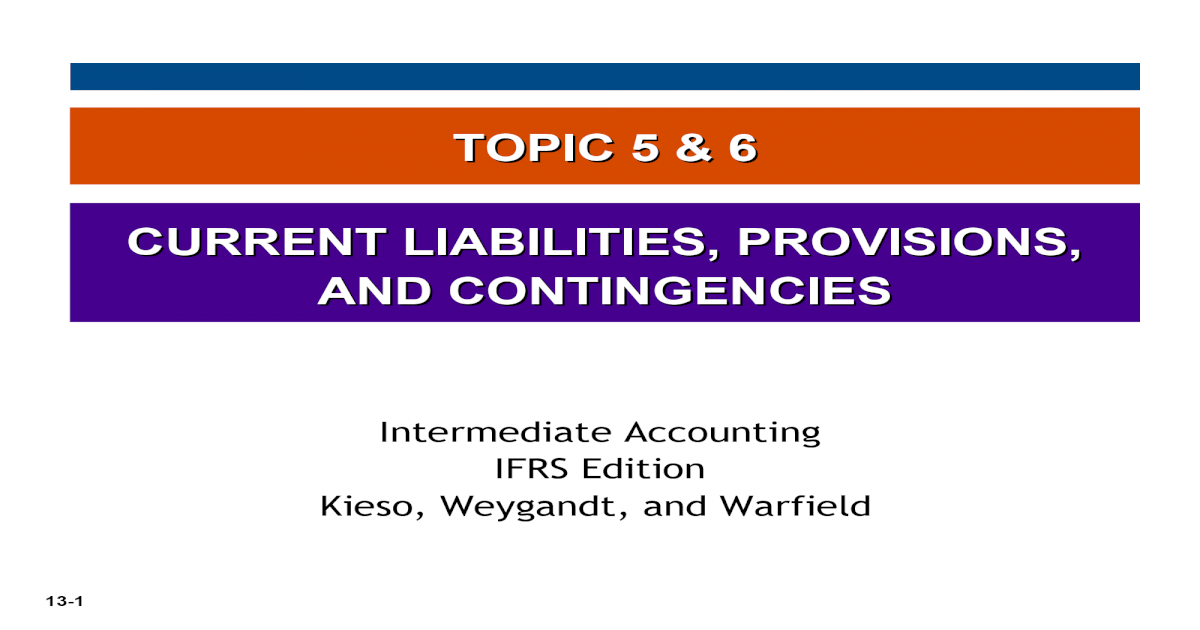Contents:


John Maynard Keynes criticized the amount concept of cash in The General Theory of Employment, Interest and Money. Keynes had originally been a proponent of the speculation, however he introduced another within the General Theory. Keynes argued that the value level was not strictly decided by the cash supply.
Florida angler catches (and likely kills) Endangered great … – Southern Fried Science
Florida angler catches (and likely kills) Endangered great ….
Posted: Mon, 13 Feb 2012 08:00:00 GMT [source]
Friedman’s analysis treats the demand for money in the identical means because the demand for an odd commodity. Let us show the main concept behind the quantity principle of money and its working in a competitive financial system. The relation between amount of money, whole output and price level is shown in Figure three.2 where the value stage is taken on the horizontal axis and the entire output on the vertical axis. This theory states that, the price level rises proportionality with a given increase in the quantity of money, other things remaining the same and vice versa. An American economist, Irving Fisher put forward the theory which states that the increase in the quantity of money leads to the rise in the general price level.
More Money and Banking Questions
The amount theorists ignored the speed of cash as a result of they were concerned with what Keynes calls transaction and precautionary motives for holding cash. According to his theory, the central bank might management the foreign money in circulation by way of e-book keeping. Monetary economics is the branch of economics that studies the different theories of money.
- According to them, the theory fails in the short run when the prices are sticky.
- Second, Fisher’s equation holds good beneath the assumption of full employment.
- The relation between amount of money, whole output and price level is shown in Figure three.2 where the value stage is taken on the horizontal axis and the entire output on the vertical axis.
- Velocity of money relies upon upon population, commerce actions, habits of the individuals, interest rate, amenities for investment and so on.
- In general, the quantity theory of money is where the increase in the quantity of money tends to create inflation and vice-versa.
- In such models, inflation is set by the financial coverage response perform.
During these many exchanges of goods and services, a unit of money passes from one hand to another. Fisher points out the price level (M+ M’) Provided the volume of tra remain un changed. The truth of this proposition is evident from the fact that if M and M’ are doubled, while V, V and T re main constant, P is also doubled, but the value of money (1/P) is reduced to half.. But, the credit for popularizing this theory in recent years rightly belongs to the well-known American economist, Irving Fisher who published his book, ‘The Purchasing Power of Money” in 1911. He gave it a quantitative form in terms of his famous “Equation of Exchange”.
Read this article to learn about the fisher’s quantity theory of money and assumptions! The quantity theory of money states that the quantity of money is the main determinant of the price level or the value of money. This management might permit the central bank to gain a command of the money supply of the country. This ultimately would lead to the central financial institution’s capability to control the value level.
Fisher – easy notes
For example, if a single rupee is used five times in a year for exchange of goods and services, then the velocity of circulation is 5. 1.P is passive factor in the equation of exchange which is affected by the other factors. The assumptions of the easy amount concept of money are that velocity and output are constant. Like other commodities, the value of money or the price level is also determined by the demand and supply of money. The value of money or price level is also determined by the demand and the supply of money. According to Marshall, people’s desire to hold money is more powerful in the determination of money, rather than quantity of money .
On the opposite hand non-Keynesians — called monetarists — have refined and modified the classical amount concept of money. The quantity principle of cash states that there’s a direct relationship between the amount of cash in an financial system and the extent of prices of goods and companies bought. According to QTM, if the sum of money in an economy doubles, value ranges also double, causing inflation . Velocity of circulation – A unit of money is used for transactions and exchange purposes not once but many times in a year.
So an increase in money supply causes prices to rise as they compensate for the decrease in money’s marginal value. According to the quantity concept of money, the modifications in price stage of a country happen due to changes in the amount of money in circulation, whereas preserving other components at fixed. In different phrases, an increase or decrease in the worth stage would happen as a result of improve or decrease in the amount of money.
These theoretical concerns involved serious modifications as to the scope of countercyclical economic policy. According to them, the theory fails in the short run when the prices are sticky. Moreover, it has been proved that velocity of money doesn’t remain constant over time. Despite all this, the theory is very well respected and is heavily used to control inflation in the market.
Supply and Demand of Money in the Economy as per Quantity Theory of Money
In monetary economics, the amount principle of money states that the final value degree of goods and services is directly proportional to the amount of money in circulation, or cash provide. Friedman and Schwartz in their 1963 work A Monetary History of the United States argued that the demand for actual balances was a operate of earnings and the interest rate. However, shortly after the publication of the guide, because of adjustments in financial markets and monetary regulation money demand grew to become extra unstable. This analysis nonetheless breaks down if the demand for cash is not stable — for example, if velocity in the above equation isn’t constant. In that case, shocks to money demand underneath money supply targeting will translate into modifications in actual and nominal rates of interest and lead to financial fluctuations.
3.V and V are assumed to be constant and are independent of changes in M and M’. It is based on the assumption of the existence of full employment in the economy. In this year’s recruitment cycle, a total of 3539 vacancies were released.
The second graph depicts the link between money quantity and money value. The amount of money determines both the price level and the value of money. Fisher expressed the relation between the quantity of money and the price level in the form of an equation, which is called the equation of exchange.
Value of money means its purchasing power in terms of goods and services in general. Conversely, if the prices are low, money will buy more and the value of money will be high. The principle of the classical theory is that the economy is self-regulating. The economy is always the potential of achieving the natural level of real GDP or output. This is the level of real GDP which is obtained when the economy’s resources are fully employed. There are differing views amongst economists as as to if the speed of cash is a helpful indicator of the well being of an economy or, more specifically, inflationary pressures.
According to the fishers quantity theory of money theory of money, if the amount of money in the economy gets doubled up then the price level also doubles. It means that the customers will have to pay twice as much for the same amount of goods and services. This drastic increase in the price levels will result in a rising inflation level. A measure of the rate of the rising prices of goods as well as of the services in an economy is known as inflation. The common state of affairs is likely one of the underneath-employment equilibrium.
Money demand seems to be time varying which also depends on family’s actual stability results. The demand for money is equal to the total market value of all goods and services transacted. It is obtained by multiplying total number of transactions by average price level . Velocity of circulation of money is the number of times a unit of money changes hands during exchanges in a year.
It is the same forces that will influence the supply and demand of any commodity that will also influence the supply and the demand for money. An increase in the supply of money will decrease the marginal value of the money. In simple words, when the money supply will increase, the purchasing capacity of one unit of currency will decrease. To adjust this decrease in the money’s marginal value, the prices of the goods and the services will rise. The quantity theory of money is based on certain assumptions—”other things remaining the same”. It assumes that V is constant and is not affected by the changes in the quantity of money or the price level .
Irving Fisher further extended the equation of exchange so as to include demand deposits (M’) and their velocity, (V’) in the total supply of money. Therefore, MV refers to the total volume of the money in circulation during a period. Since the money is only to be used for transaction purposes; the total supply of money also forms the total value of money expenditure in all the transactions in an economy during a period. The shopper, subsequently, pays twice as a lot for a similar quantity of the nice or service. The amount concept of cash preserved its importance even within the decades after Friedmanian monetarism had occurred. For new classical economists, following David Hume’s famous essay “Of Money”, money was not neutral in the short-run, so the quantity theory was assumed to hold only in the long-run.
Third, Keynes does not believe that the connection between the quantity of cash and the value level is direct and proportional. But it cannot be accepted at present that a sure share change within the quantity of cash leads to the same proportion change in the worth degree. The quantity concept of money is based on sure assumptions—”different issues remaining the identical”. It assumes that V is constant and isn’t affected by the modifications in the quantity of cash or the worth level .
He believed that the greater the quantity of money, the higher the level of prices and vice versa. This theory links the prices with the quantity of money, that’s why it is called quantity theory of money. Consequently, changes within the cash provide affect solely absolutely the worth degree however exercise no affect on the relative worth level.
Thus, the equation of exchange becomes:
So, peoples’ desire to hold money is a determinant of the value of money. If we halve the quantity of money, and other things being equal, prices will be one half of what they were before and the value of money will be double. If we double the quantity of money, and other things being equal, prices will be twice as high as before and the value of money will be one half. The value of money is inversely proportional to the price level or we can say that the value of money is the reciprocal of the price level.
Ghosts and Rust / Does Hayfork deserve to be saved? – SFGATE
Ghosts and Rust / Does Hayfork deserve to be saved?.
Posted: Sun, 03 Sep 2006 07:00:00 GMT [source]
The volume of money in circulation ; Its velocity of circulation ; The volume of bank deposits (M’); Its velocity of circulation (V’); and The volume of trade . The x-axis in the above figure depicts the qantity of money, while the y-axis reflects the price level and the value of money. The price level is OP and the value of money is OV when the quantity of money is OM. As the quantity of money increases from om to om1 and OM2, the price level rises at OP1 and then at OP2, lowering the value of money from or to OV1 and then to OV2. The first graph depicts the positive link between money quantity and price level.

In such models, inflation is set by the financial coverage response perform. Velocity of money relies upon upon population, commerce actions, habits of the individuals, interest rate, amenities for investment and so on. It is assumed that these elements don’t have anything to do with the modifications in the worth of cash.
- There are differing views among economists as as to whether the speed of cash is a helpful indicator of the health of an financial system or, extra specifically, inflationary pressures.
- His introduction of the central bank’s ability to affect the worth stage was a significant contribution to the development of the amount concept of cash.
- Technological development, population, etc., which are outside the equation and change slowly over time.
- The common state of affairs is likely one of the underneath-employment equilibrium.
Changes within the cash supply could affect actual variables like output. Among these three approaches, quantity velocity approach and cash balances approach are grouped under quantity theories of money. On the other hand, the income-expenditure approach is the modern theory of money. Technological development, population, etc., which are outside the equation and change slowly over time. Constancy of T also means full employment of resources in the economy.
According to the quantity theory of money, the general price level of goods and services is proportional to the money supply in an economy. According to the quantity theory of money, if the amount of money in an economy doubles, all else equal, price levels will also double. The supply of money consists of the quantity of money in existence multiplied by the number of times this money changes hands, i.e., the velocity of money . But the classical and neo classical economists believed that there is full employment of all resources in the economy. Therefore, the total volume of transactions and trade will remain same.
